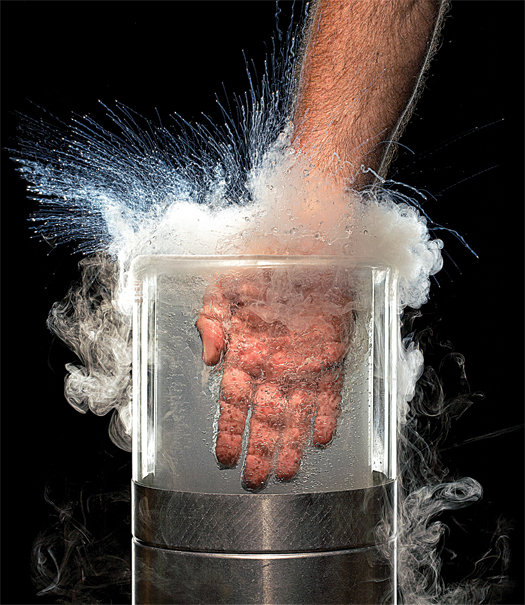We started off class going over homework from the night before (the 2 gas problems worksheets), and then Mrs. Friedmann handed back the Gas Variables packet that the class did on Friday which we're supposed to go over by ourselves tonight. You should correct it using the key posted in Unit 5 Keys folder on Moodle. The other homework tonight is a small worksheet about pressure, and we don't have to do the 2 worksheets with Manometer problems! :)
In Class:
We started off with a lecture on Flexible vs. Inflexible Containers:
Flexible Containers:
example: a balloon
-pressure stays constant
-volume changes
Inflexible Container:
example: metal tank
-volume stays the same
-pressure changes
Then Mrs. Friedmann introduced Direct and Indirect/Inverse Relationships to us:
A direct relationship is when one property/value increases the other increases too. Or if it decreases, the other one decreases as well.
An indirect relationship is when one property/value increases and the other decreases or vice versa.
So in applying this to the Ideal Gas Law (PV=nRT), when you solve for the constant R by writing R=PV/nT it's useful to know that PV (and other variables next to each other) have an inverse/indirect relationship while variables that are on top of each other like V/T have a direct relationship.
And that's it as far as lecturing goes! For the rest of the day we just did some really cool demos!
Liquid Nitrogen Demo:
We'd all been wondering what was up with the small styrofoam container in the corner pouring what looked like steam for a good part of the class, so when Mrs. Friedmann pulled it out we were all pretty anxious to see what it was exactly. What we definitely weren't expecting was for Mrs. Friedmann to pull out 15 inflated balloons from the 6 inch wide, 6 inch long container. Turns out, it was filled with a substance called liquid nitrogen which can freeze pretty much about anything almost instantly, including Peter Dales backpack. Thankfully, he remembered to take his chromebook out beforehand, but he probably had an interesting time trying to bite into his sandwich during lunch.
THIS IS NOT A GOOD IDEA

Liquid Oxygen:
Mrs. Friedmann gave us a quick demo on liquid oxygen, too. Apparently, liquid oxygen is very powerful oxidizing agent and can ignite quickly from very small sources of heat. This was demonstrated when Mrs. Friedmann collected a small amount of it into a test tube and inserted a small stick with a single spark at the tip into the tube. The spark ignited, and there was a brief flare.
No comments:
Post a Comment